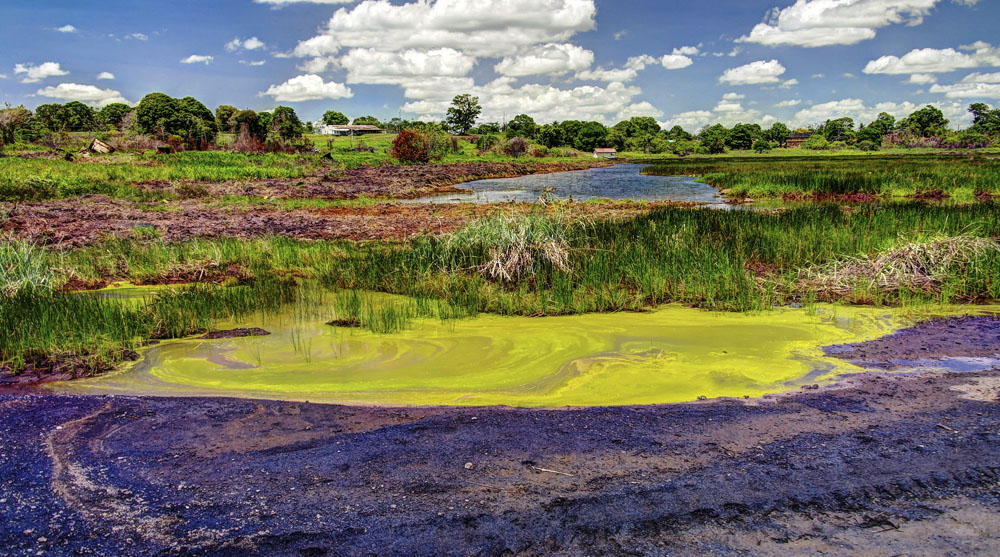Discovery of the Pitch Lake and its use
Pitch from the lake was used by many people in our history, beginning with the Amerindians. Many European explorers that visited Trinidad saw the Pitch Lake; one such explorer was Robert Dudley who visited Trinidad three months before the infamous Sir Walter Raleigh.
The first records of the use of pitch and its introduction to Europe (the old world) was by Sir Waiter Raleigh in March of 1595. It is believed he used it to caulk his leaking ships and decided it was “most excellent goode”. In 1617 on another one of his voyages, he decided to return to England via Trinidad, so that he can take back some of the pitch.
Trinidad changed hands from the British to the Spanish, and in 1792 the king of Spain, ordered the then Governor, Don Jose Maria Chacon, to set up a refinery near to the pitch lake. Five years later Trinidad return to the British in 1797, so little was accomplished. In 1805 the British requested Admiral Alexander Cochrane to examine and report on the pitch lake. Cochrane, one of the Earls of Dondonald, was not very enthusiastic about his findings. He reported that the pitch had to be mixed with tar and oil before it could be made useful.
In 1850, Thomas Cochrane, the tenth Earl of Dondonald, leased lands from the government in the pitch lake area and began to experiment with pitch. At first Lord Dondonald as he was better known, was interested in developing pitch as a fuel for steamers, but that did not get him very far. It was only when the young Conrad Frederick Stollmeyer teamed up with him that the enterprise began to flourish. The pitch was used in many ways, but chiefly as a covering for uneven surfaces.
Following the success of the pitch business, several other concerns obtained concessions to work the pitch lake, but in 1888 the Government gave a single concession to American A. L Barber. Barber together with several other businessmen formed the Trinidad Lake Asphalt Company. At that point, asphalt was becoming a fashionable road covering, and with the advent of motor traffic, became much in demand.


 Translate
Translate